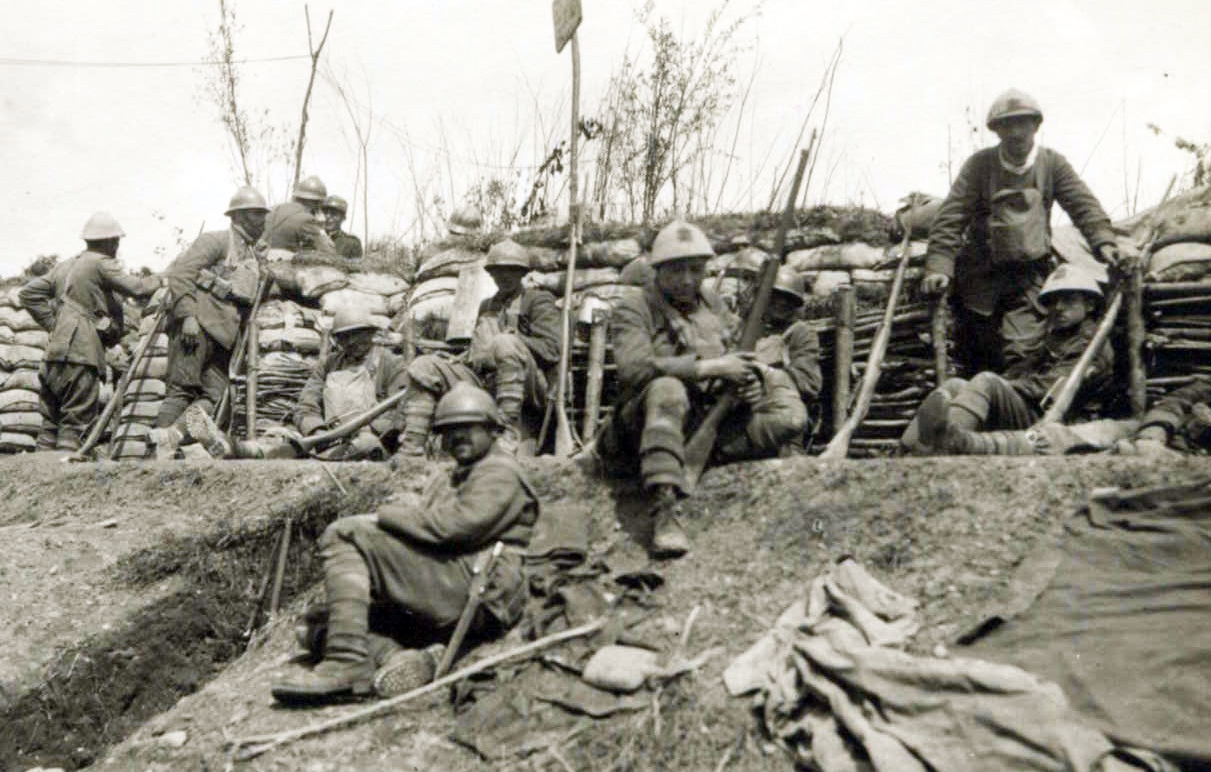Killed when an exploding mortar claimed his life, an Italian soldier’s ultimate sacrifice saved the life of a young Ernest Hemingway. The soldier’s identity has remained a mystery for more than 100 years – until now.
Historians believe they have put a name to an Italian soldier who bore the brunt of the mortar explosion and in doing so saved the life of the man who would later give the world “A Farewell to Arms,” “For Whom the Bell Tolls” and many other classics.
Hemingway was just 18 and was serving as a Red Cross volunteer on the Austro-Italian front when he had his brush with death on a section of the battleground which ran along the Piave River in the Dolomites in Italy. As he was handing out cigarettes and chocolate to Italian soldiers in the trenches, Austro-Hungarian forces lobbed a mortar which badly wounded the young American and killed the Italian soldier standing closest to him.
Italian historian Marino Perissinotto and author James McGrath Morris have now identified the Italian infantry soldier when the blast occurred on July 8, 1918. Through analysis of military records they found that 18 Italian soldiers died in battle on the Austro-Italian front that night. The historians then identified which units those soldiers were serving in and where the units were located. They ruled out fifteen of the men who were on different parts of the front, away from the mortar attack. Of the three remaining, two were serving with the 152nd Regiment of infantry, which was deployed in support trenches about two miles behind the front line.
That left just one soldier who was in the vicinity of Hemingway when he was wounded – Fedele Temperini, a 26-year-old private from the 69th Infantry Regiment who came from Montalcino, a hill town in Tuscany. Mr. Perissinotto found further corroboration in a military report from an officer at a Red Cross aid station behind the front, operated by the tiny Republic of San Marino. The officer noted that the first aid post had treated the first American wounded on the battlefront and that alongside him a soldier from the 69th Infantry Regiment had died – Pvt. Temperini.
While Hemmingway recuperated from his injuries for six months, he met a young nurse and his love affair with her provided material for A Farewell to Arms, a fictional account based on his experiences during the war, written in 1929.
The author later wrote of the mortar attack: “When you go to war as a boy, you have a great illusion of immortality. Other people get killed, not you. Then when you are badly wounded the first time, you lose that illusion and you know it can happen to you.”
Italy suffered more than 600,000 casualties along the Austrian front but eventually declared victory and was awarded large chunks of Austrian territory for its contribution to the Allied fight.





